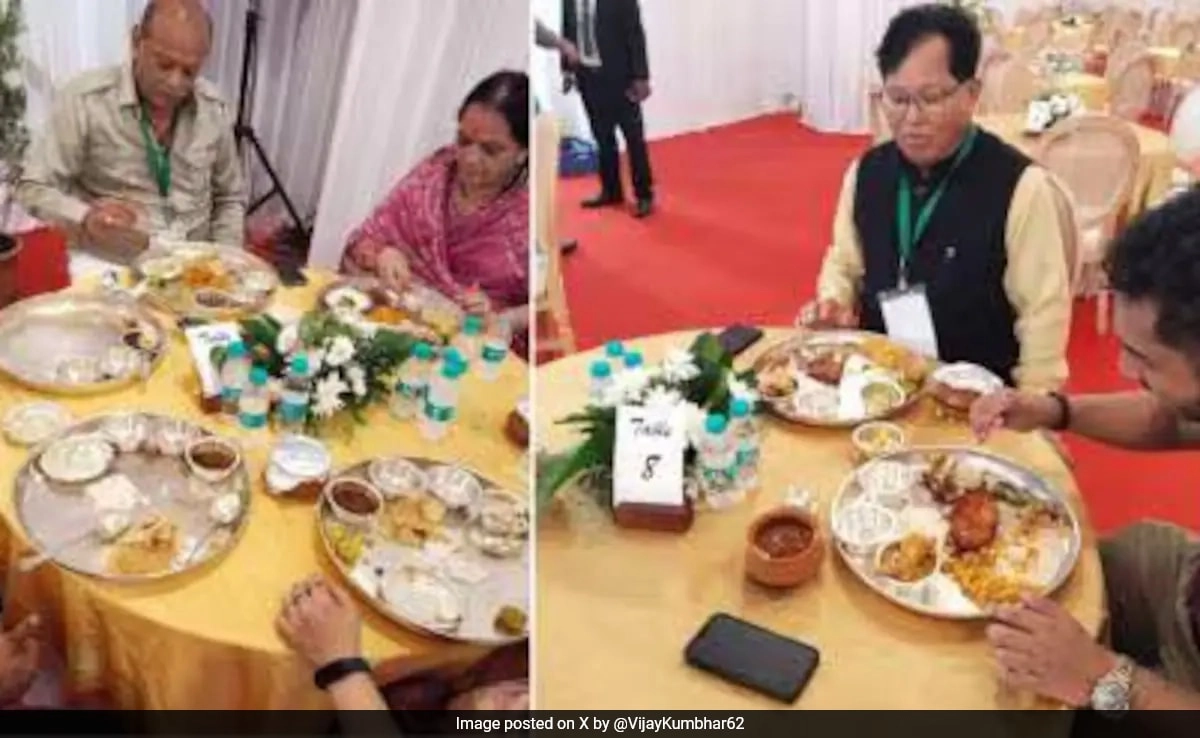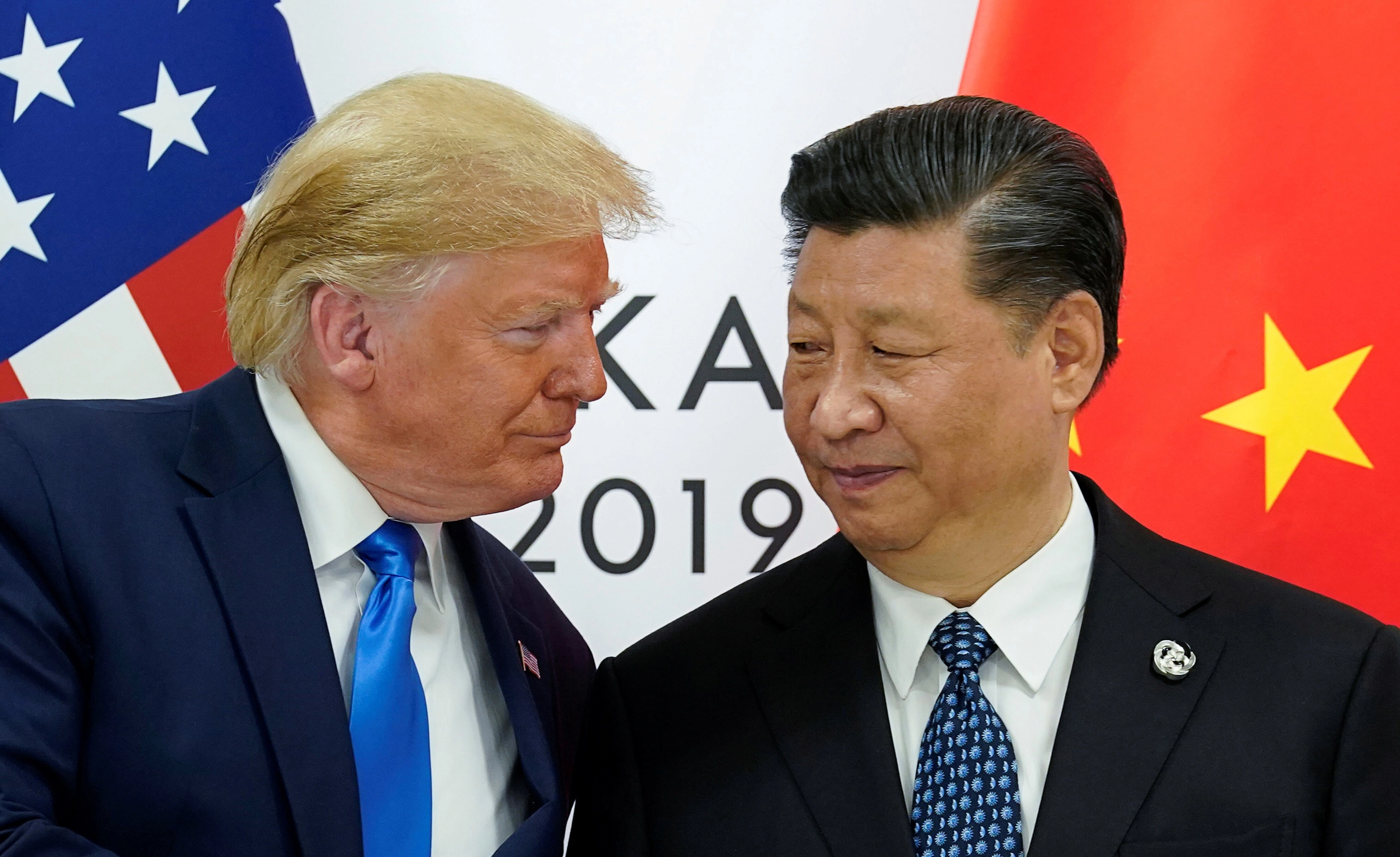The recent conclave held in Mumbai has become the epicenter of controversy, sparking heated debates and discussions among attendees. The incident that drew significant attention revolved around a seemingly innocuous topic: silver plates. What began as a simple discussion turned into a row that highlighted underlying tensions and differences of opinion among various factions present at the event. The silver plates, which were intended as a symbol of luxury and hospitality, quickly morphed into a metaphor for deeper issues, including financial mismanagement and the priorities of those in power.
The situation escalated further when a prominent figure at the conclave made a pointed reference to “bankruptcy,” suggesting that the lavish display of silver plates was at odds with the financial realities faced by many in attendance. This jibe resonated with numerous stakeholders who felt that the focus on opulence was misplaced, especially in light of ongoing economic challenges. The contrast between the extravagant setting and the struggles of ordinary citizens became a talking point, with many questioning the rationale behind such displays of wealth in a time marked by financial uncertainty.
The fallout from this exchange was palpable, with attendees divided into factions either defending or criticizing the use of silver plates as a means of showcasing success. On one side, proponents argued that such displays were essential for attracting investments and promoting a culture of achievement. Conversely, critics contended that the emphasis on luxury was disconnected from the reality of everyday people, who are grappling with rising costs and economic instability. This rift not only underscored the differing perspectives within the conclave but also highlighted broader societal issues, prompting discussions about values, priorities, and the responsibilities of those in leadership positions.
In the wake of the conclave, the controversy surrounding the silver plates and the bankruptcy comment has sparked a broader dialogue about accountability and transparency in leadership. Many participants are now calling for a reevaluation of priorities, urging leaders to align their actions with the needs of the community they serve. The incident serves as a reminder that symbols of wealth can provoke strong reactions, and it is crucial for leaders to remain attuned to the sentiments of their constituents. As discussions continue, the conclave’s fallout will likely influence future gatherings and shape the discourse surrounding leadership and responsibility in the face of economic challenges.




